Solar tracking systems are revolutionizing the way solar energy is harnessed by optimizing panel orientation to follow the sun's path throughout the day. Unlike fixed solar panels, these systems maximize energy output by adjusting angles dynamically, making them highly efficient for various applications. As the demand for sustainable energy solutions grows, solar tracking technology is being adopted in multiple industries where high energy yield and efficiency are crucial.
These systems are widely used in large-scale solar farms, where maximizing energy generation is a top priority. By ensuring that solar panels receive direct sunlight for longer hours, solar tracking systems significantly increase the overall power output of utility-scale solar plants. This technology is particularly beneficial in regions with fluctuating weather conditions, as it can adjust in real-time to capture the best possible sunlight exposure.
Beyond solar farms, solar tracking systems play a vital role in industrial and commercial applications, such as agricultural irrigation systems, telecommunications, and remote power stations. They are also becoming increasingly popular for residential solar installations in areas where energy efficiency and cost savings are key concerns. With advancements in tracking technology, the widespread adoption of these systems is paving the way for a more sustainable and energy-efficient future.
What Are Solar Tracking Systems and How Do They Work?
Solar tracking systems are one of the smartest innovations in renewable energy, designed to make the most out of the sun’s power. Unlike traditional fixed solar panels that remain in a single position throughout the day, these systems actively follow the sun’s movement, ensuring that solar panels are always at the best angle for maximum energy absorption. This dynamic adjustment can increase energy efficiency by 25% to 40%, making solar tracking an essential technology for those looking to get the most out of their solar investments.
So, how do they actually work? Solar tracking systems use advanced sensors and motors to adjust the position of the panels in real-time. There are two main types: single-axis trackers, which move panels from east to west, and dual-axis trackers, which adjust both vertically and horizontally to follow the sun’s exact trajectory. While single-axis systems are more common in utility-scale solar farms due to their cost-effectiveness, dual-axis trackers are preferred for applications requiring maximum efficiency, such as concentrated solar power plants.
The beauty of solar tracking systems lies in their ability to adapt. On cloudy days, they optimize angles for diffused light, and during extreme weather conditions, some models can even adjust to protect panels from damage. This level of intelligence and efficiency is pushing solar energy to new heights, making it more accessible and reliable than ever before. As the world moves toward greener solutions, solar tracking technology is proving to be a game-changer, unlocking the full potential of the sun’s limitless energy.
Where Are Solar Tracking Systems Commonly Used?
Solar tracking systems are transforming the way we harness solar energy, finding applications in various industries where efficiency and maximum energy generation are essential. These intelligent systems are widely used in large-scale solar farms, but their impact extends far beyond just utility plants. From industrial sectors to residential projects, solar tracking technology is making solar power more accessible, efficient, and cost-effective.
Common Applications of Solar Tracking Systems:
- Utility-Scale Solar Farms – Maximizing energy output for large solar power plants.
- Commercial and Industrial Facilities – Reducing energy costs for businesses and manufacturing plants.
- Agricultural Irrigation Systems – Powering water pumps for sustainable farming.
- Telecommunications and Remote Stations – Providing off-grid power for communication towers.
- Residential Solar Installations – Enhancing efficiency for homeowners who want more energy from their panels.
- Electric Vehicle Charging Stations – Supplying clean energy to EV infrastructure.
- Space and Aerospace Applications – Supporting satellites and space missions with optimal solar energy capture.
As the demand for renewable energy grows, solar tracking systems continue to be integrated into more industries, improving efficiency and making solar power more viable for a wider range of applications. With ongoing advancements in automation and AI-driven optimization, these systems are becoming even smarter, ensuring that we get the most out of every ray of sunshine.
Solar Tracking Systems in Large-Scale Solar Power Plants
Large-scale solar power plants are at the heart of the renewable energy revolution, and solar tracking systems are playing a key role in making them more efficient than ever before. Unlike traditional fixed panels that stay in one position all day, these advanced tracking systems follow the sun’s movement, ensuring that each panel captures the maximum amount of sunlight from sunrise to sunset. This simple yet powerful adjustment can boost energy production by up to 40%, making a massive difference in the overall output of utility-scale solar farms. In an industry where every watt matters, solar tracking is not just an upgrade—it’s a game-changer.
The impact of solar tracking systems goes beyond just higher efficiency; they also make large-scale solar farms more economically viable. By increasing energy yield, these systems reduce the cost per kilowatt-hour, making solar energy more competitive with fossil fuels. Single-axis trackers, which move panels from east to west, are widely used in large farms due to their balance between cost and performance. Meanwhile, dual-axis trackers, which adjust both vertically and horizontally, are often used in concentrated solar power (CSP) plants where every degree of optimization counts. As the demand for clean energy grows, solar tracking technology is ensuring that large-scale solar farms can deliver maximum power with minimal land and resource use—bringing us closer to a more sustainable future.
Residential and Commercial Applications of Solar Tracking Systems
Solar tracking systems are no longer just for massive solar farms—they’re making their way into homes and businesses, transforming how we generate and use clean energy. Homeowners who want to maximize their solar investment are turning to these systems to increase efficiency, especially in areas where sunlight exposure varies throughout the day. Unlike traditional rooftop panels, solar trackers adjust in real time to capture the sun’s optimal angle, delivering significantly more power. This means lower electricity bills, faster return on investment, and a more sustainable lifestyle without sacrificing convenience.
On the commercial side, businesses are embracing solar tracking to cut energy costs and boost sustainability efforts. From office buildings to manufacturing facilities, these systems provide a reliable and cost-effective energy source that helps reduce dependence on the grid. Industries with high energy demands—like agriculture, hospitality, and retail—are especially benefiting from the ability to generate more power without expanding their solar footprint. As technology advances and costs decrease, solar tracking is no longer a luxury—it’s becoming an essential tool for those who want to maximize their solar potential and take full advantage of renewable energy.


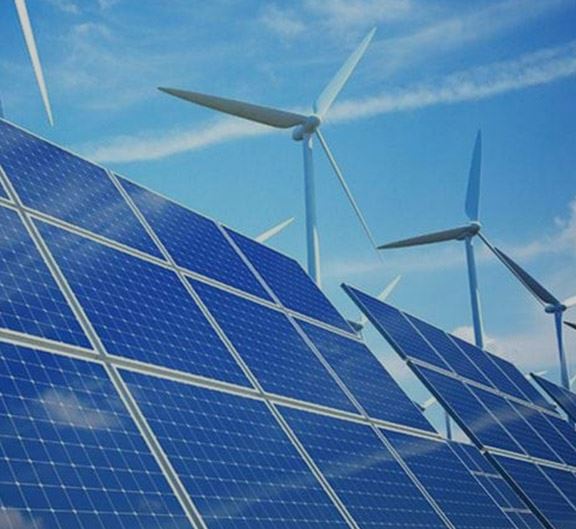
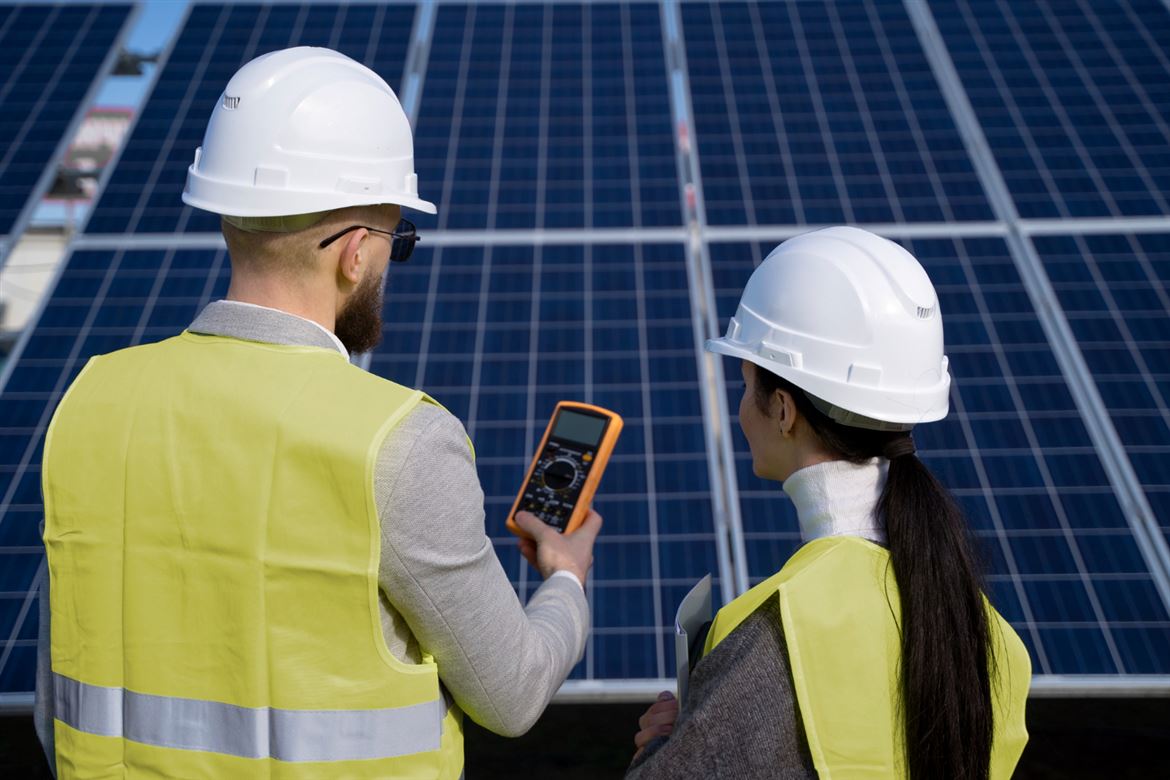
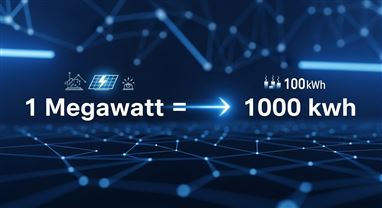
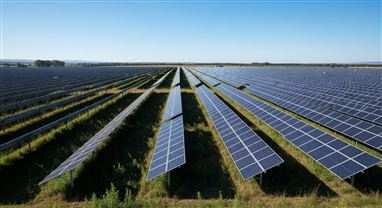
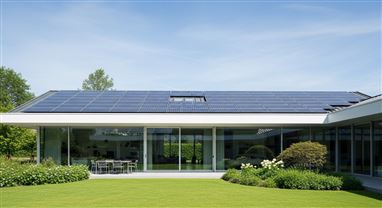
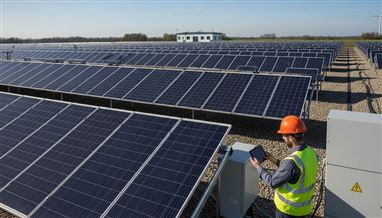
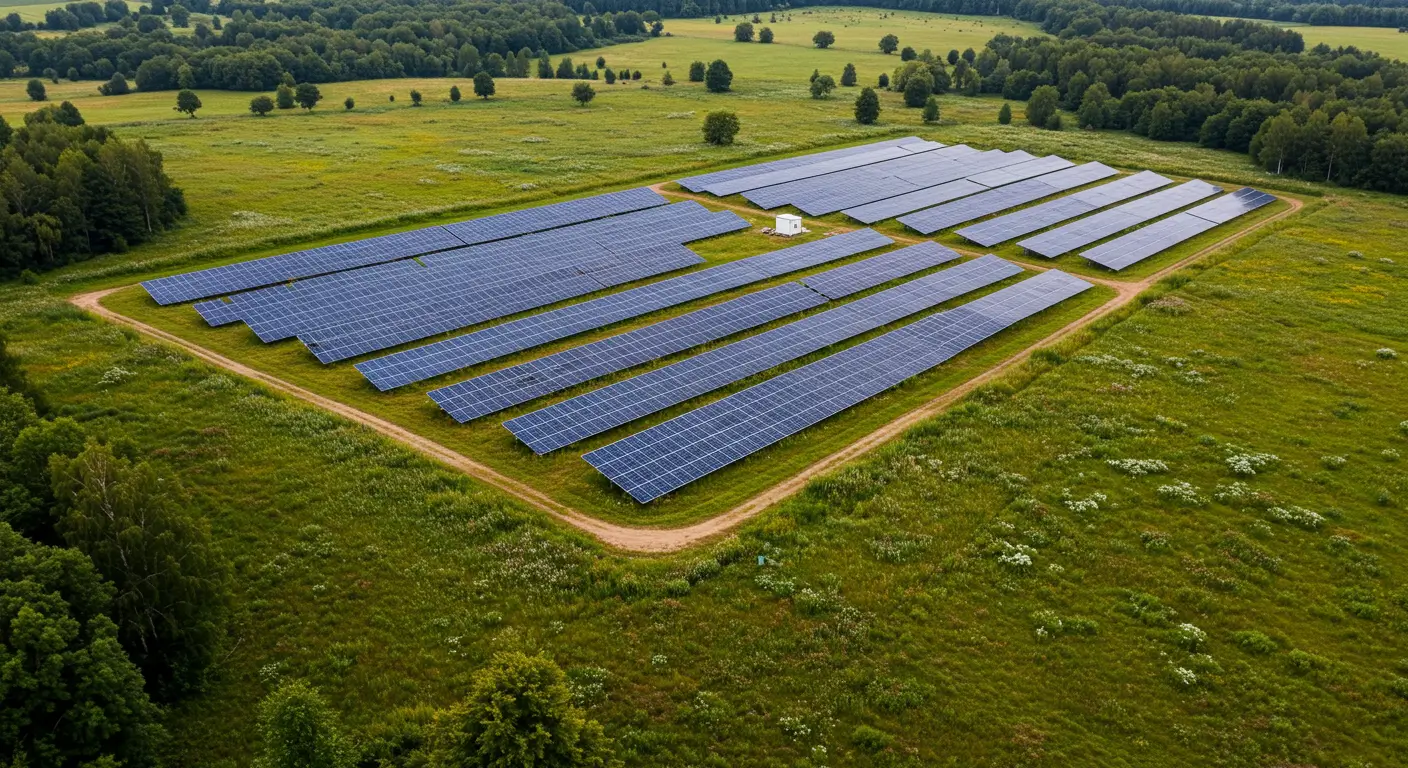
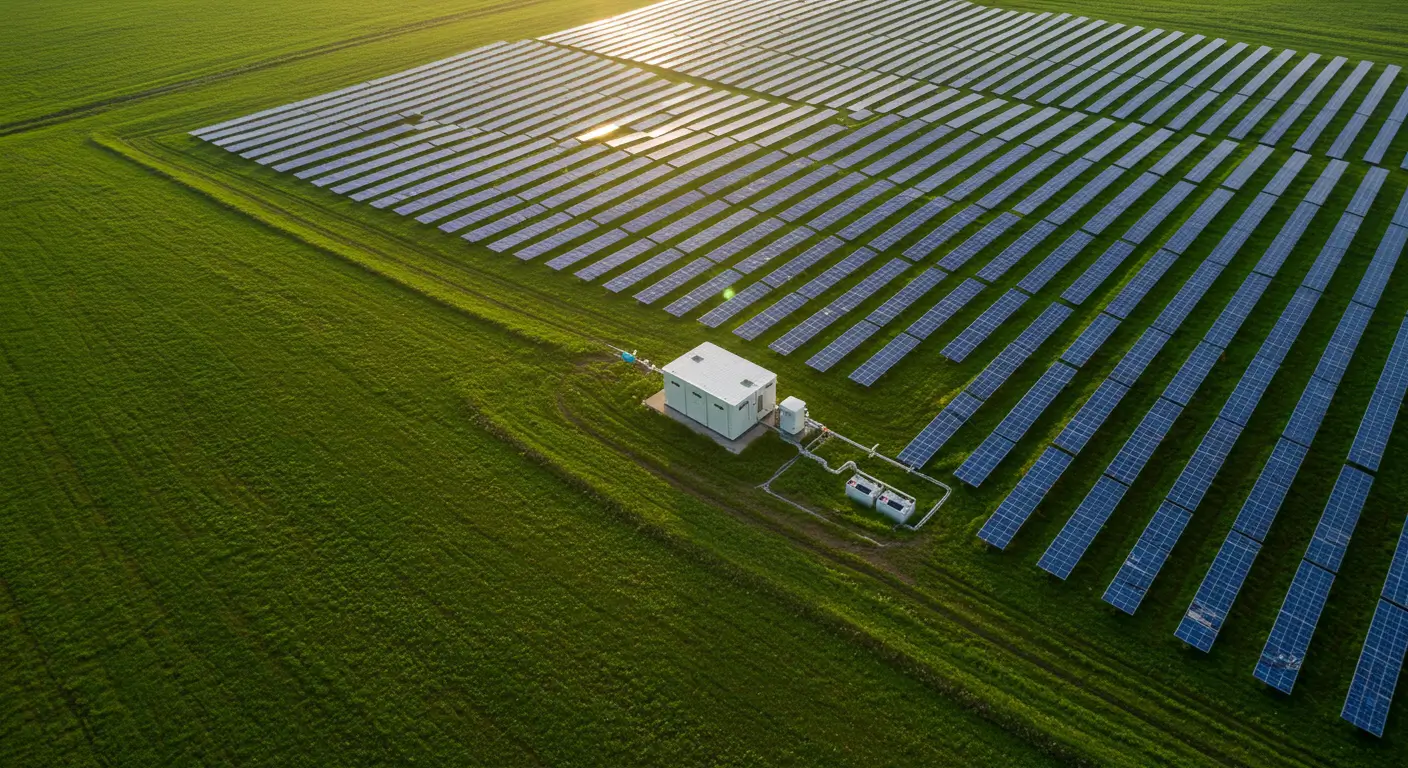

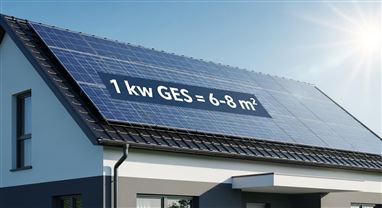
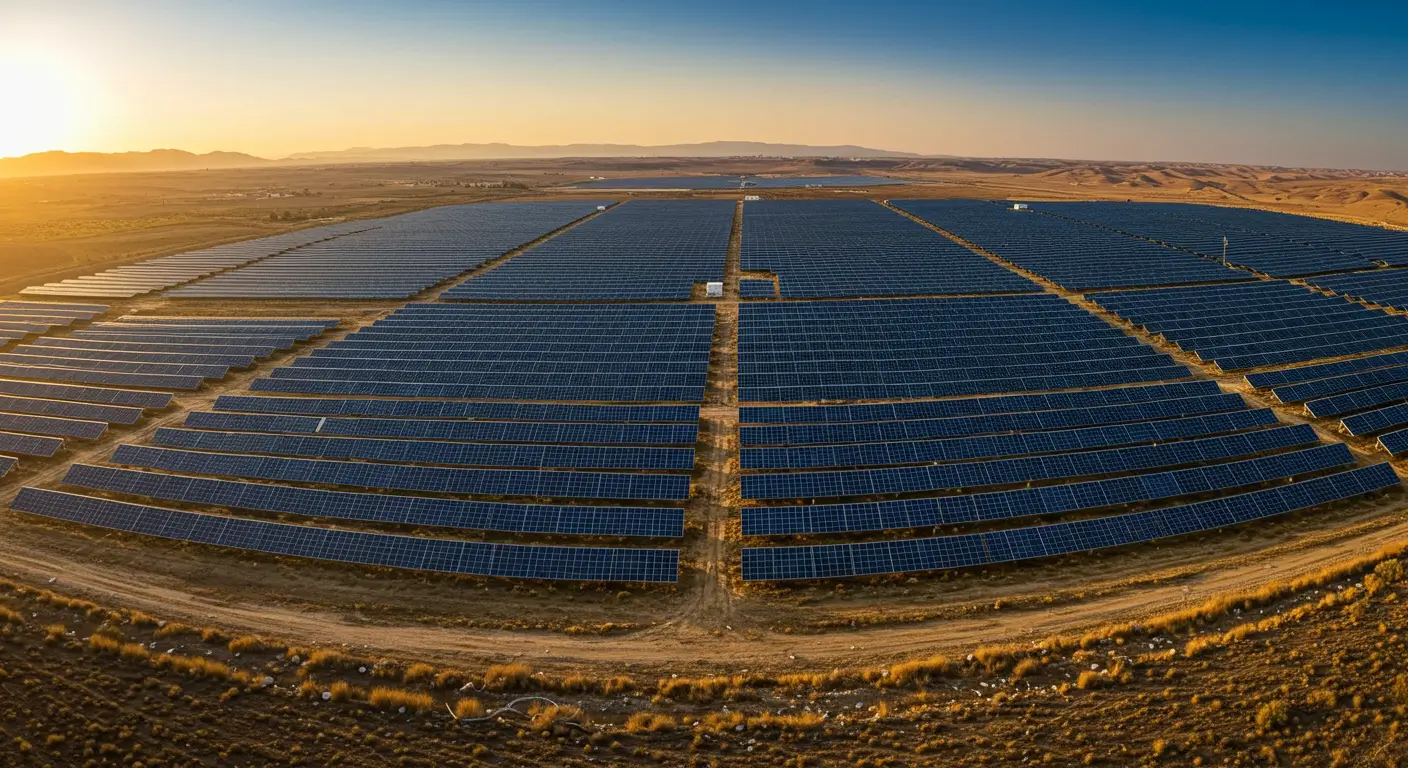
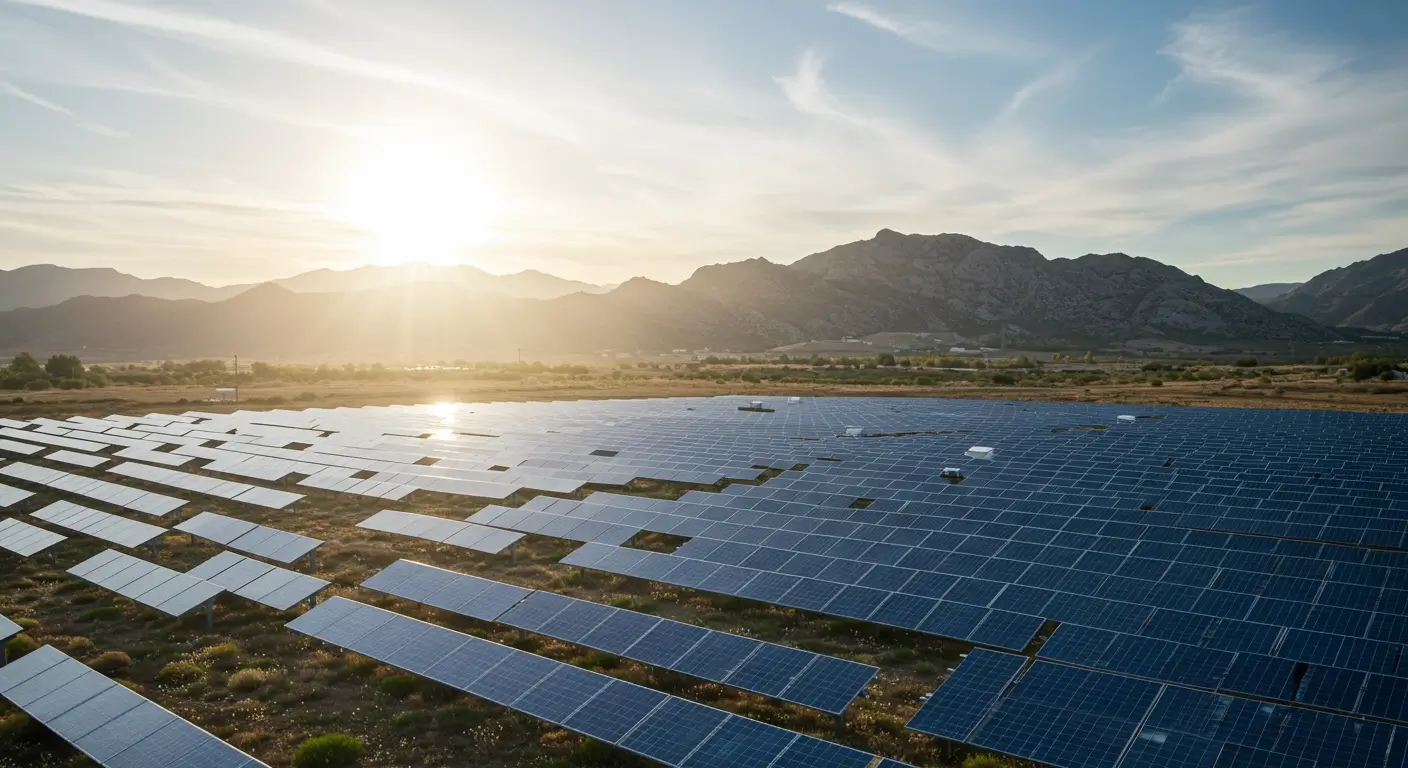
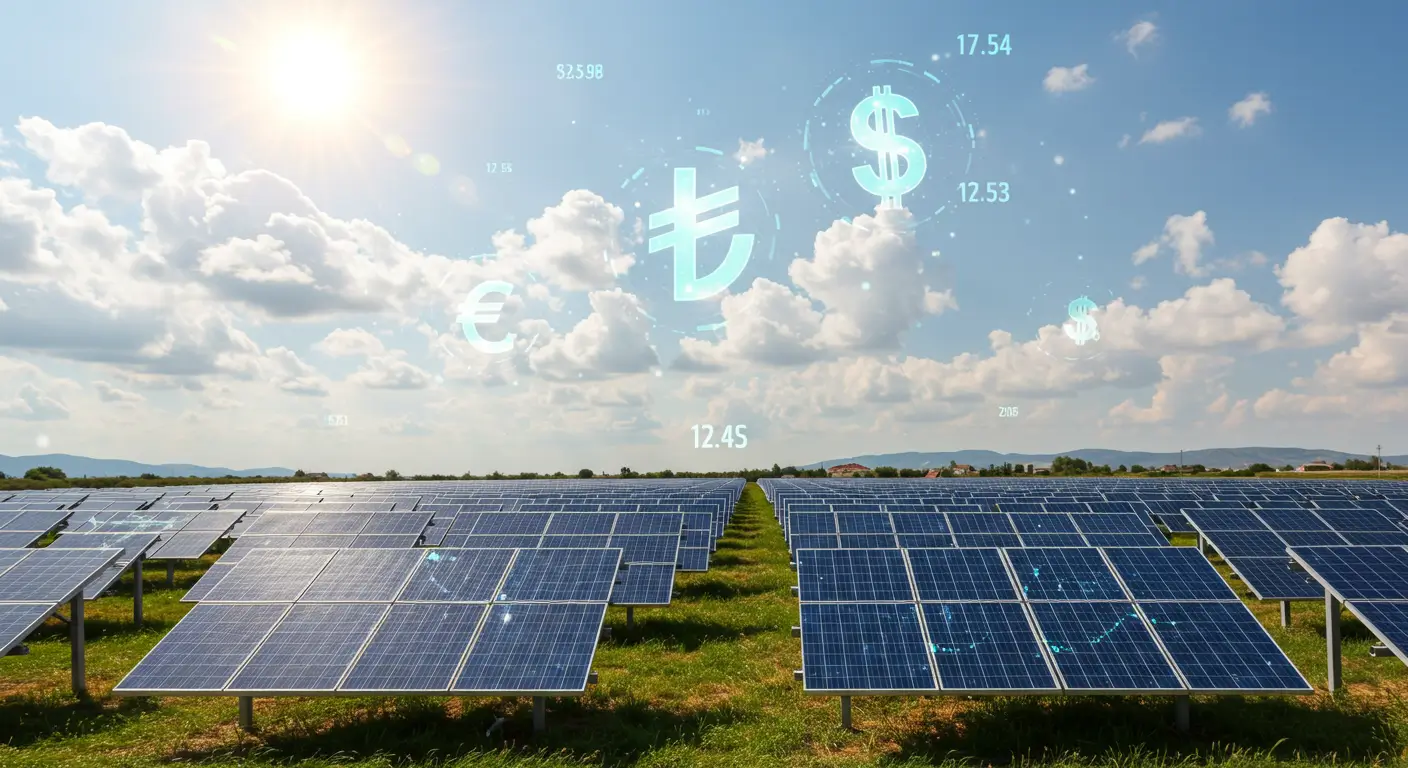

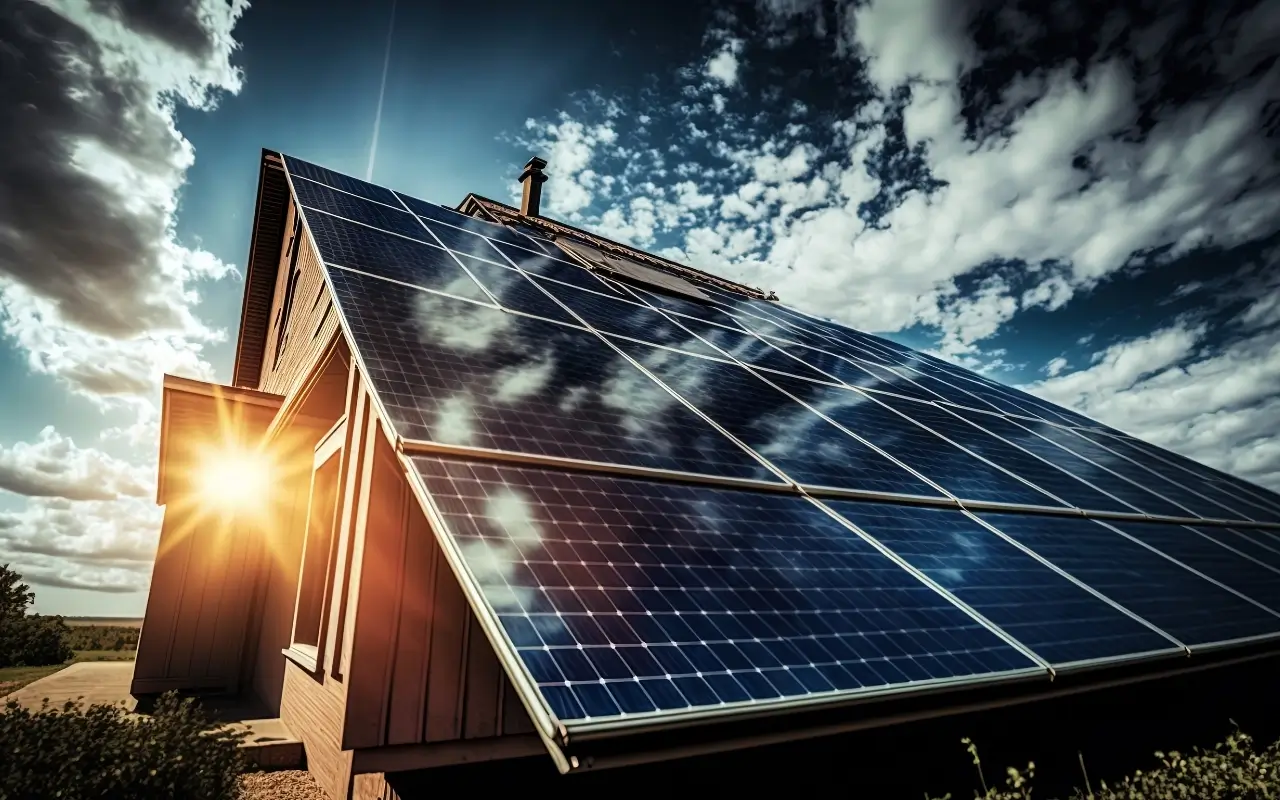
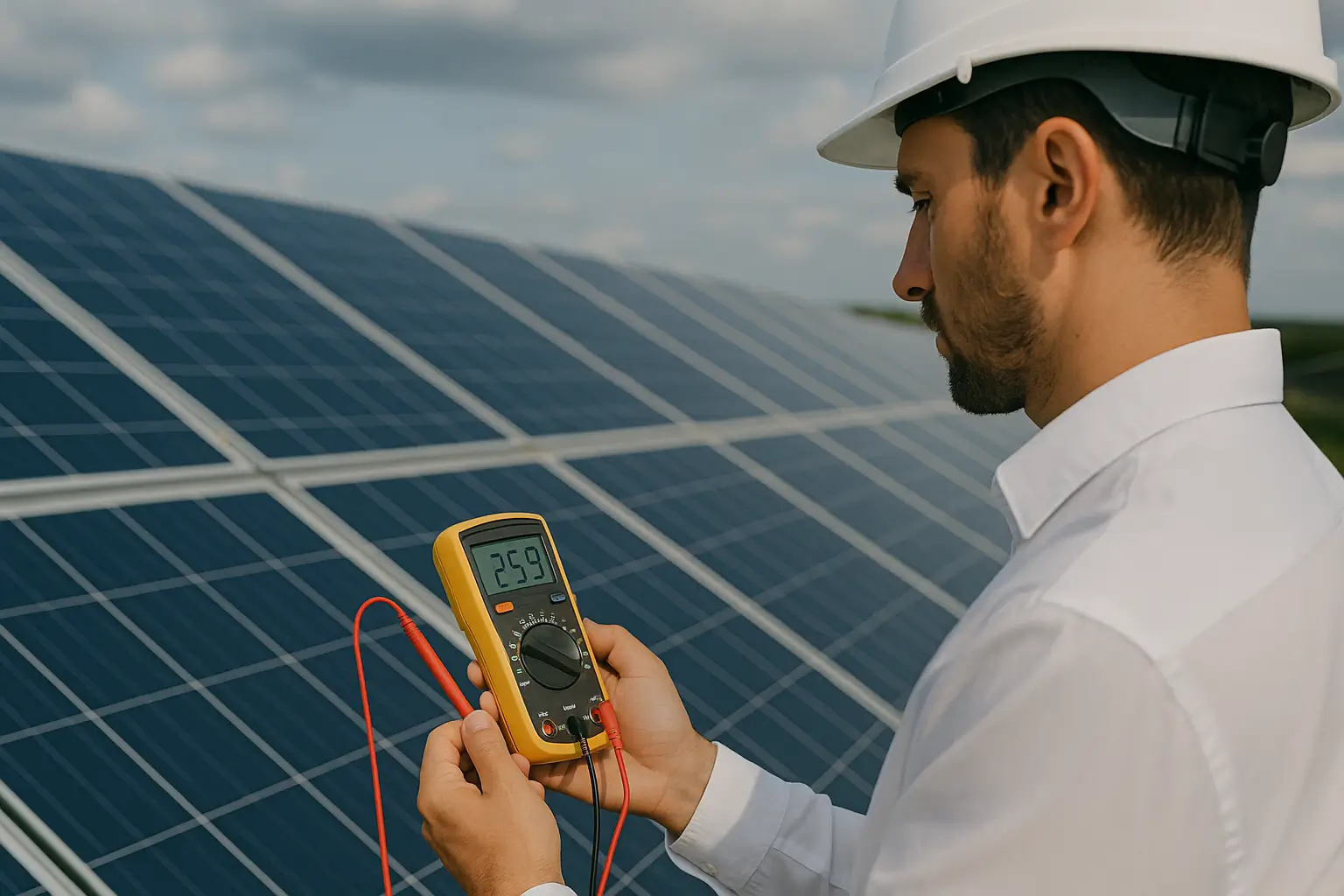
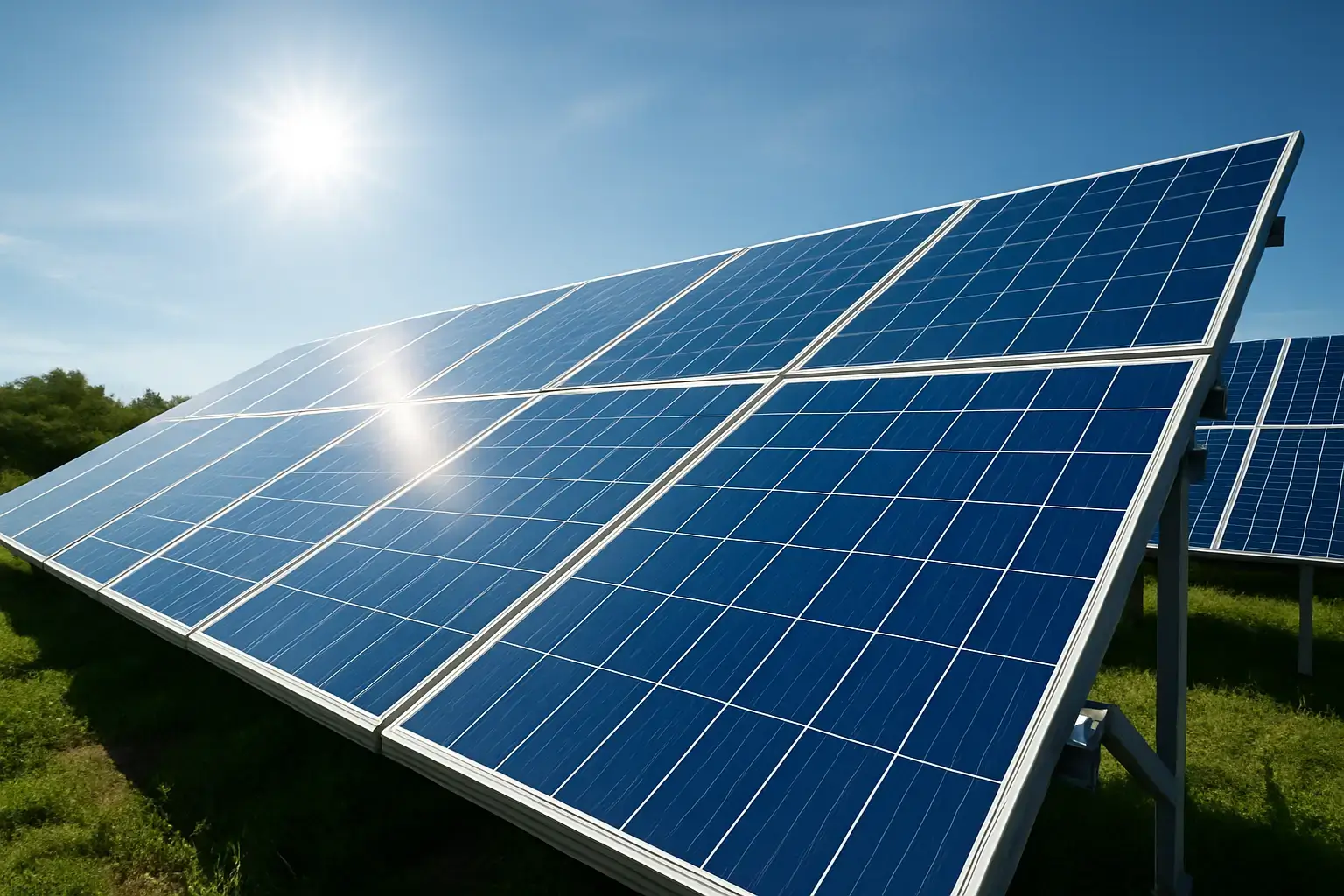
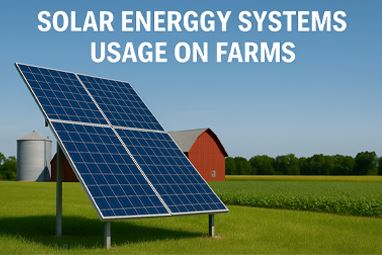
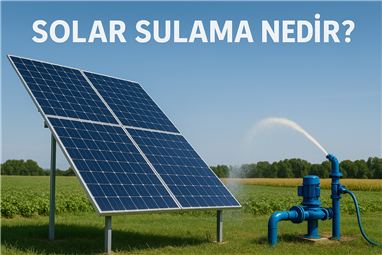
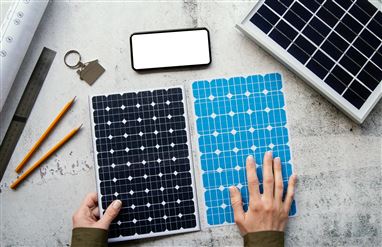
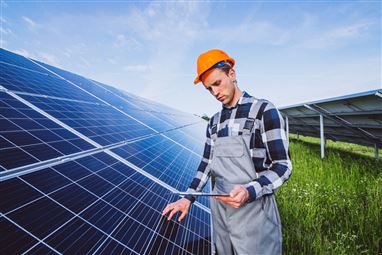
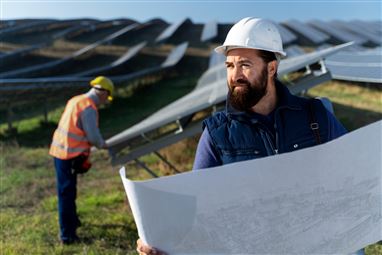
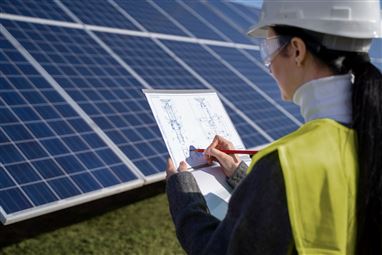
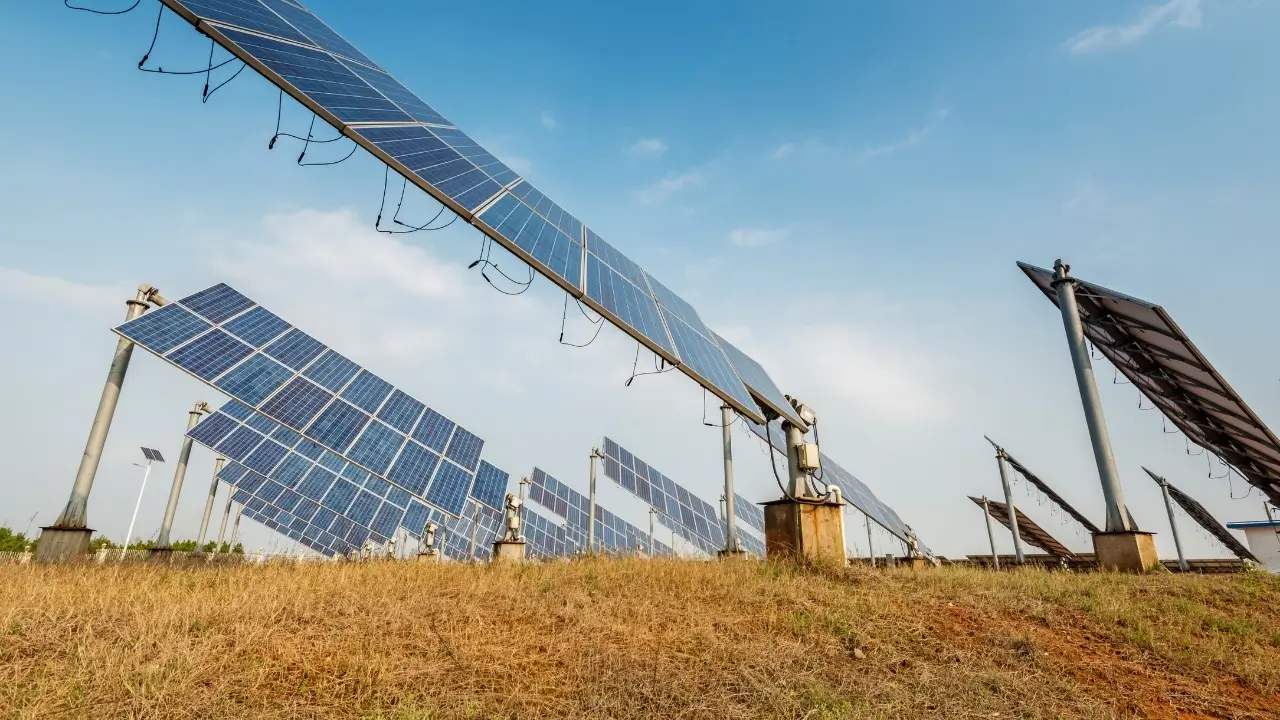
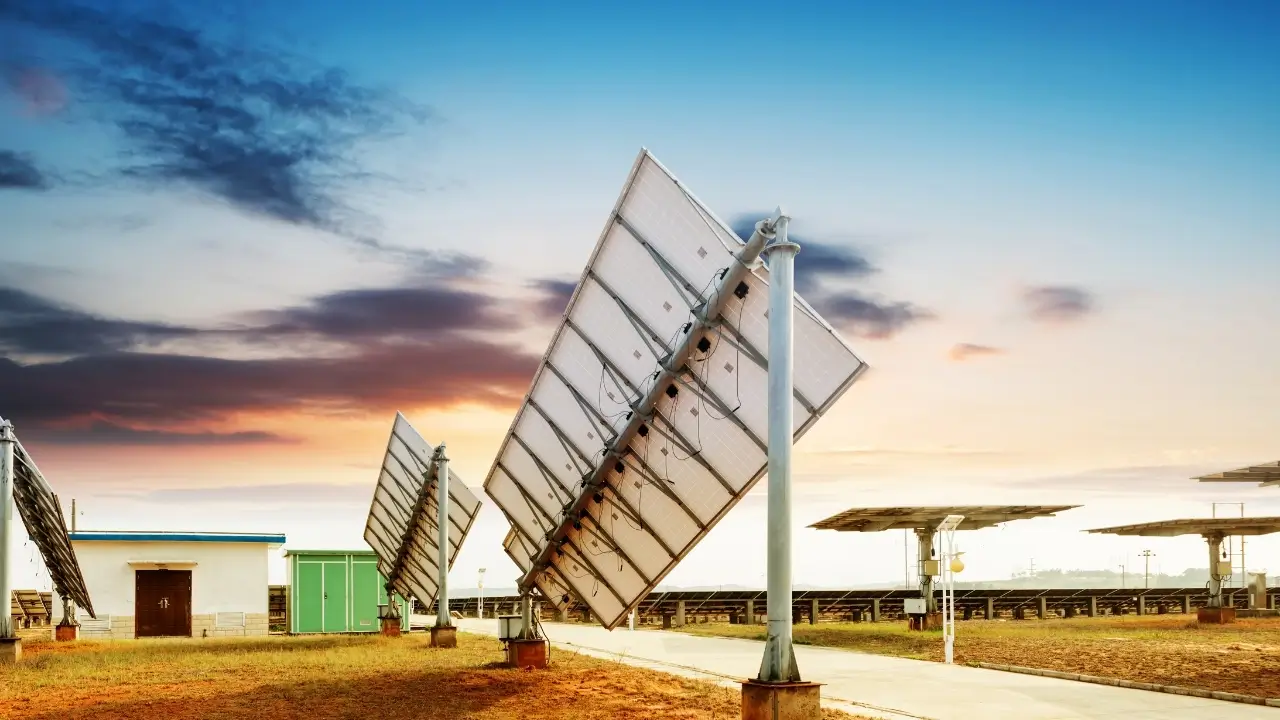
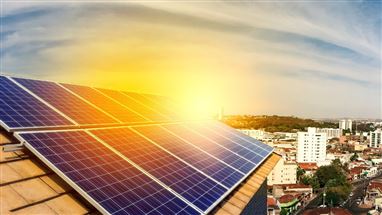
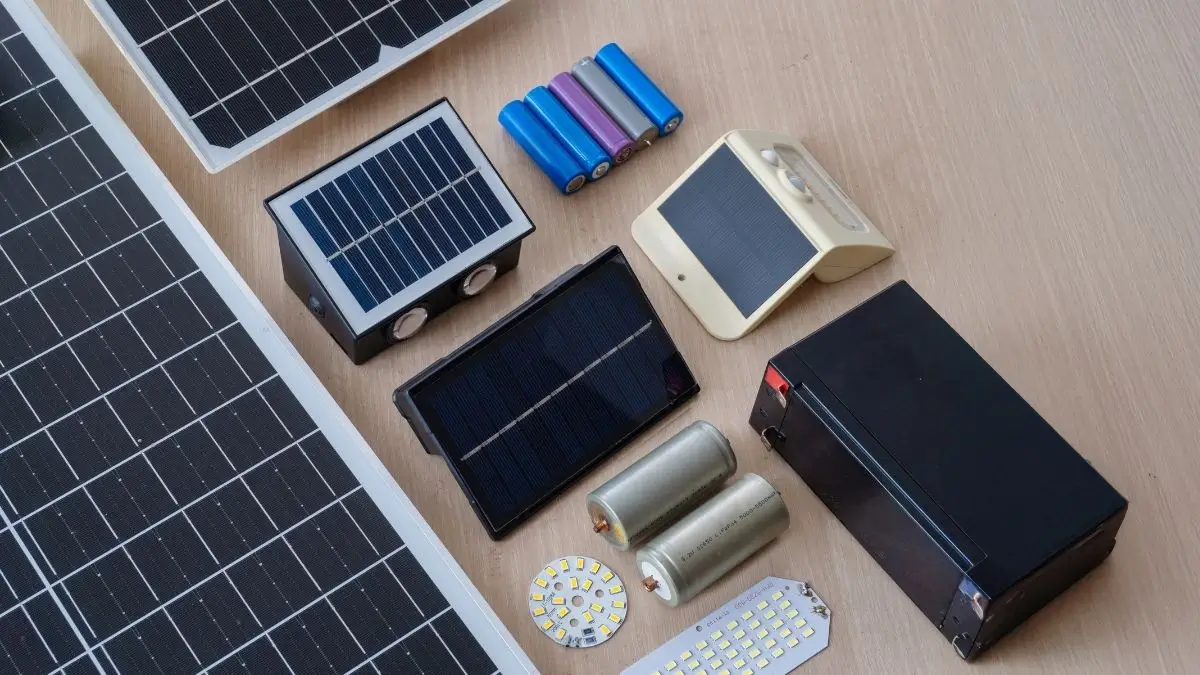
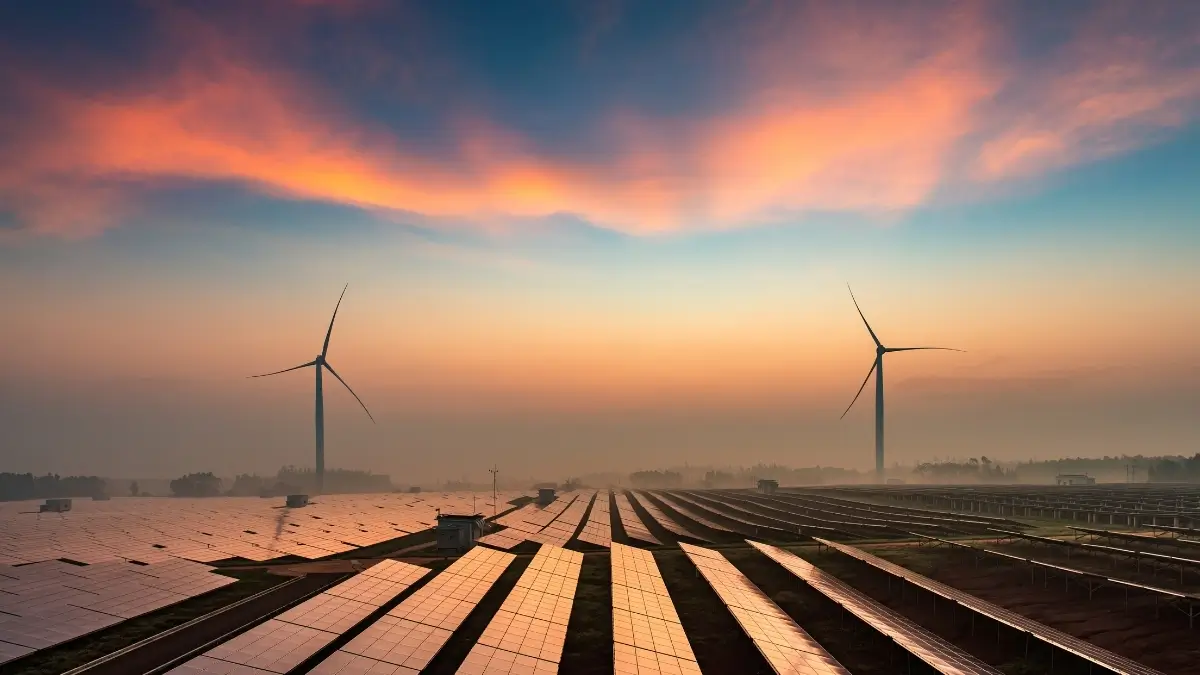
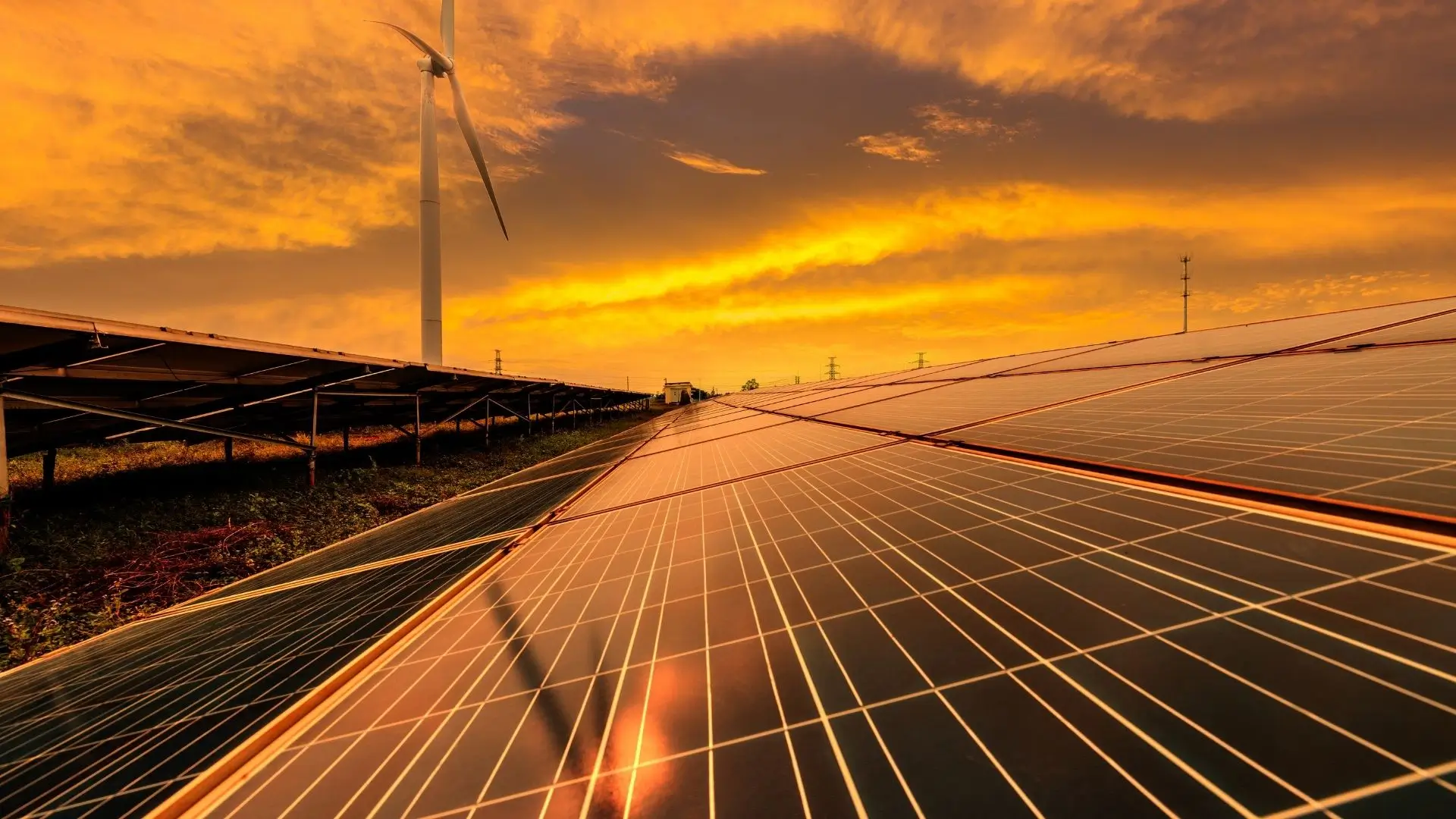
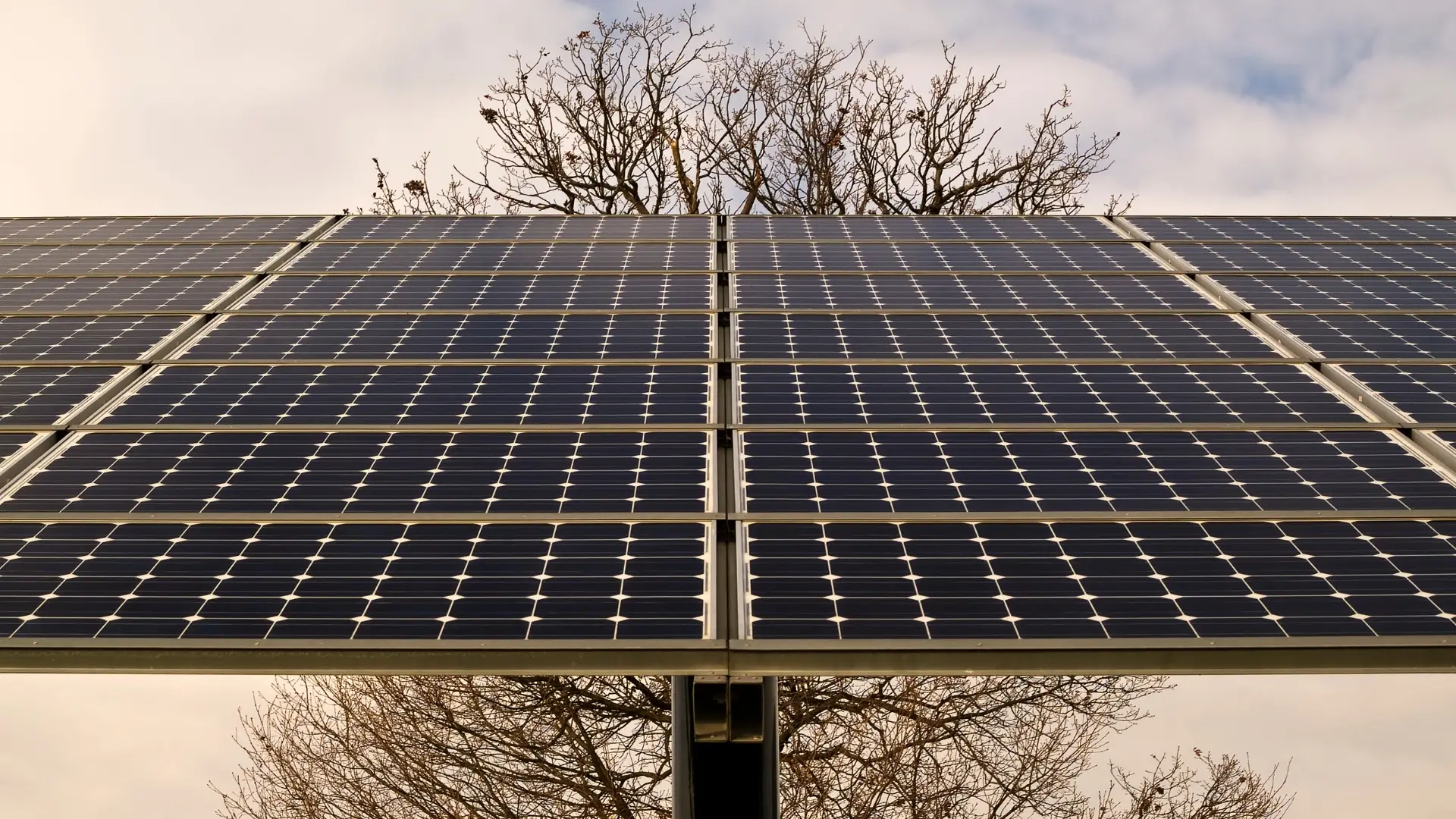
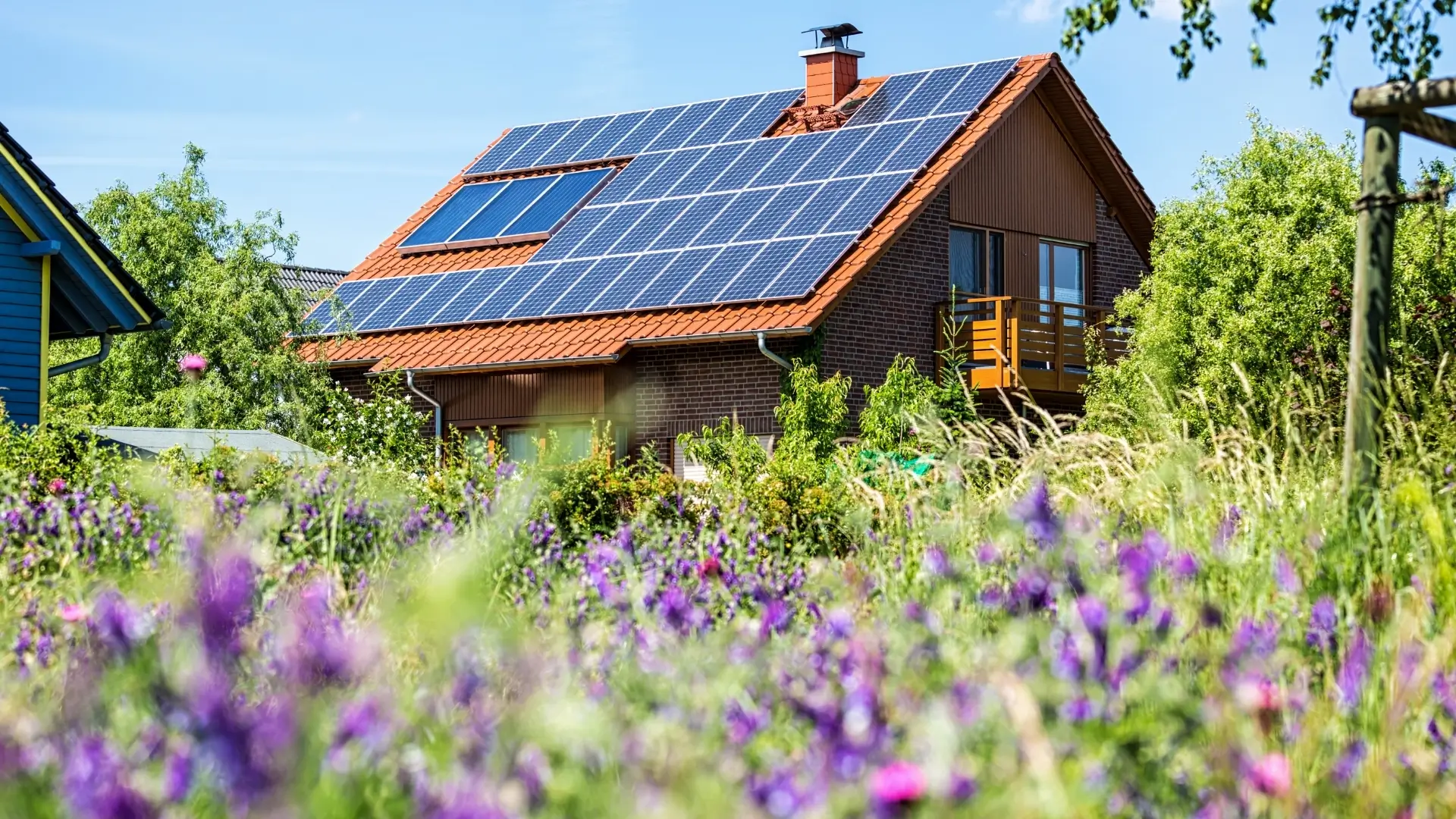
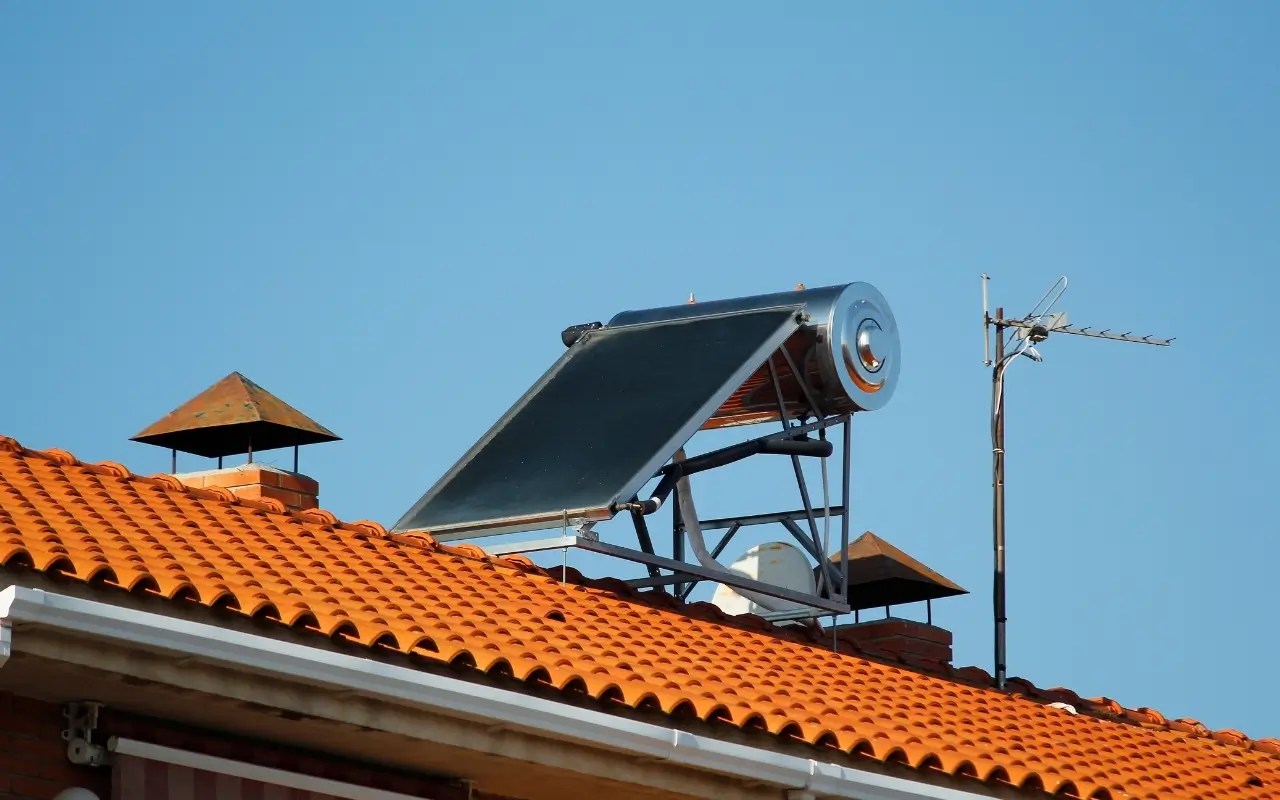
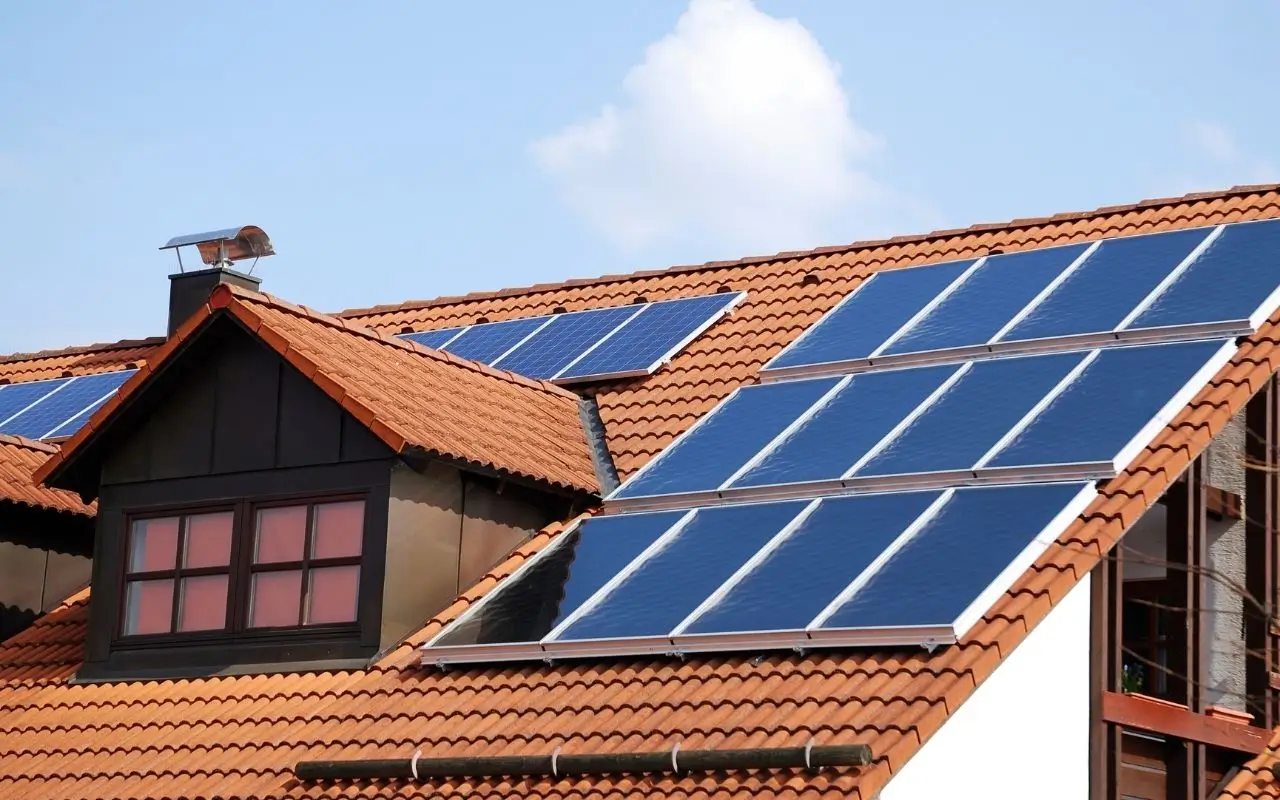
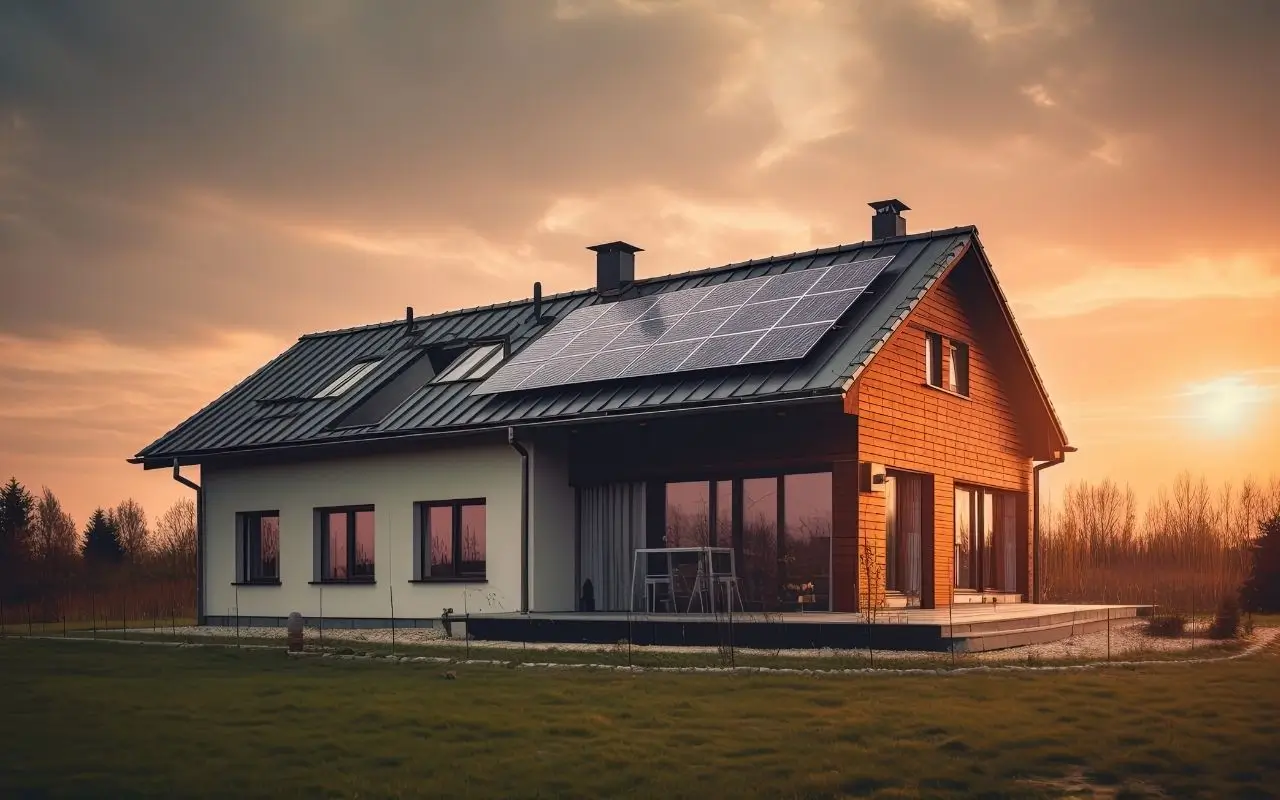
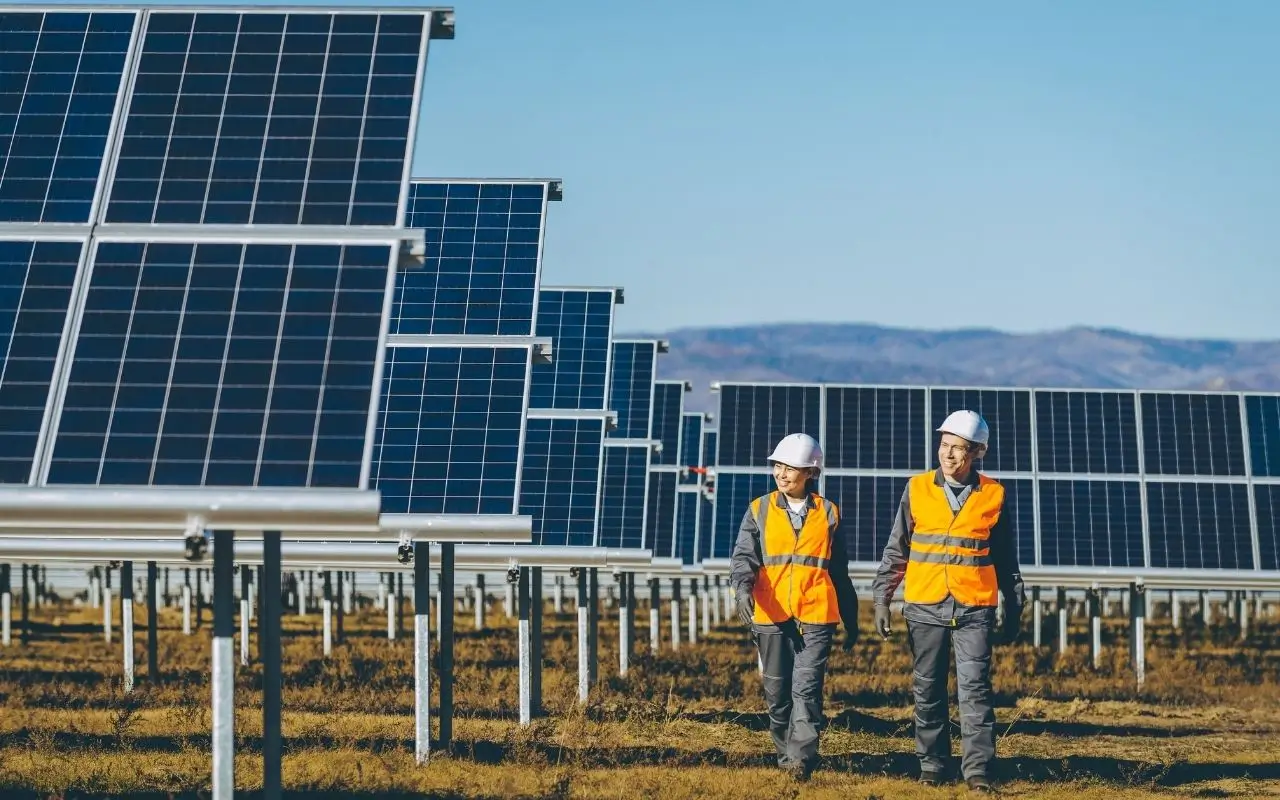
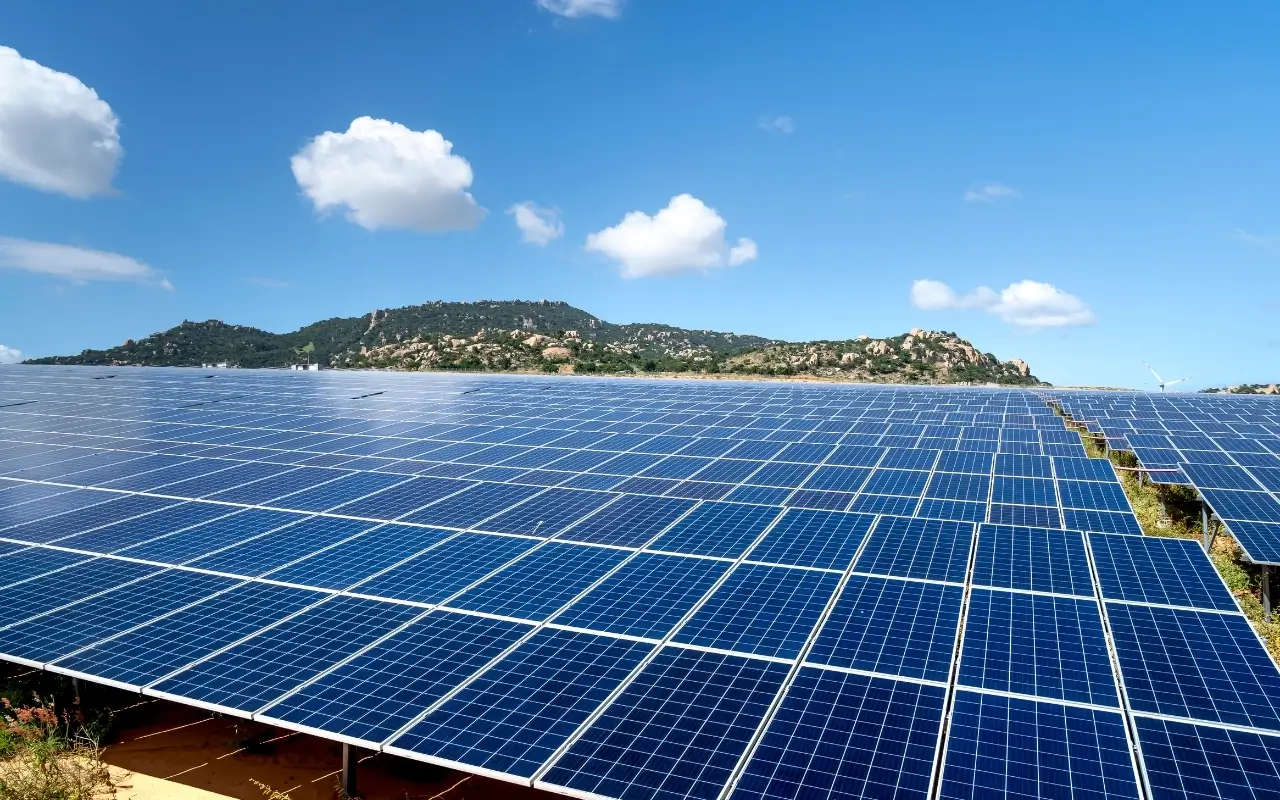
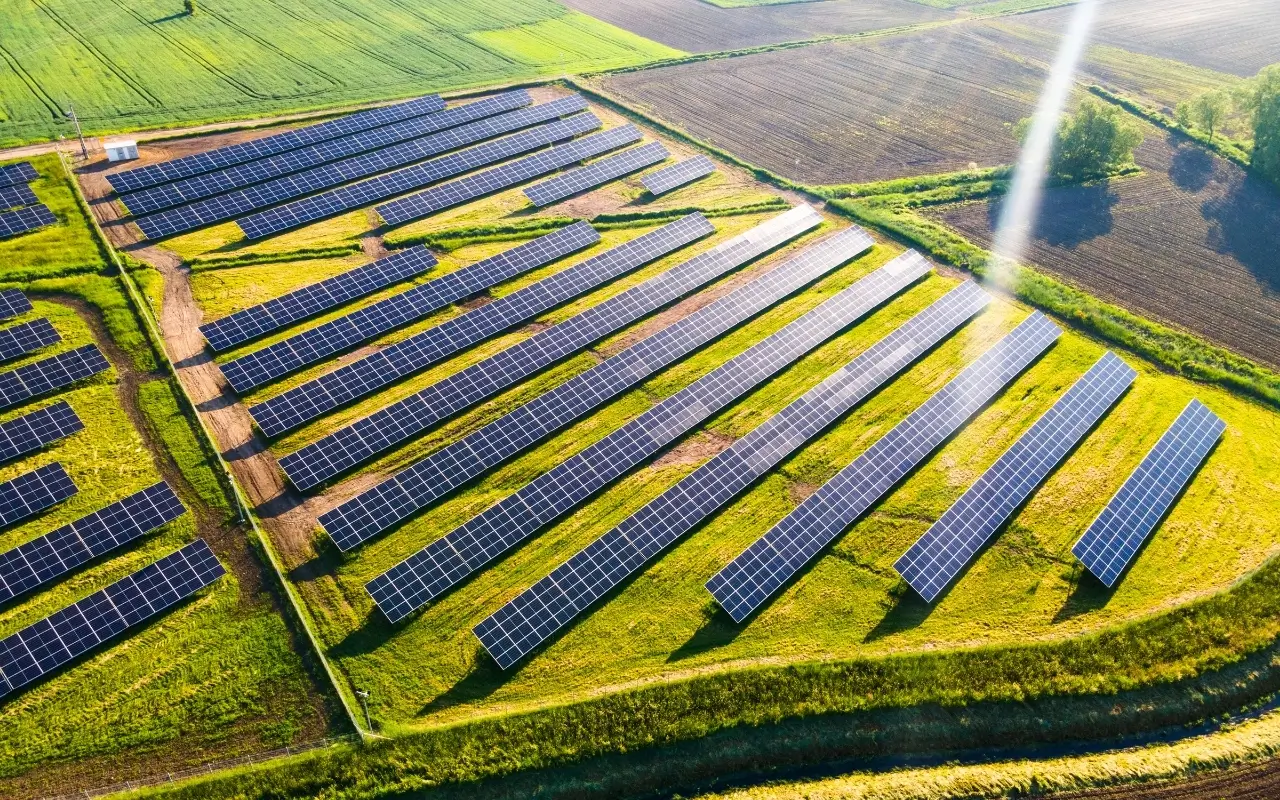
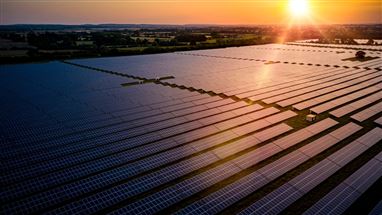
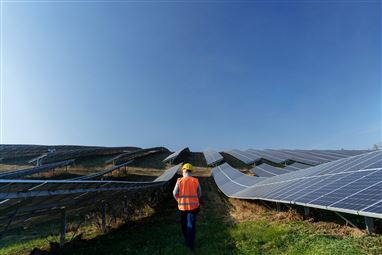
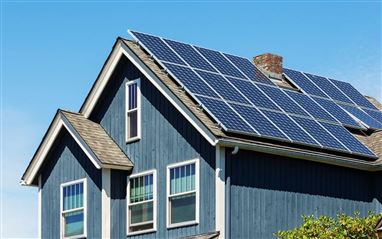

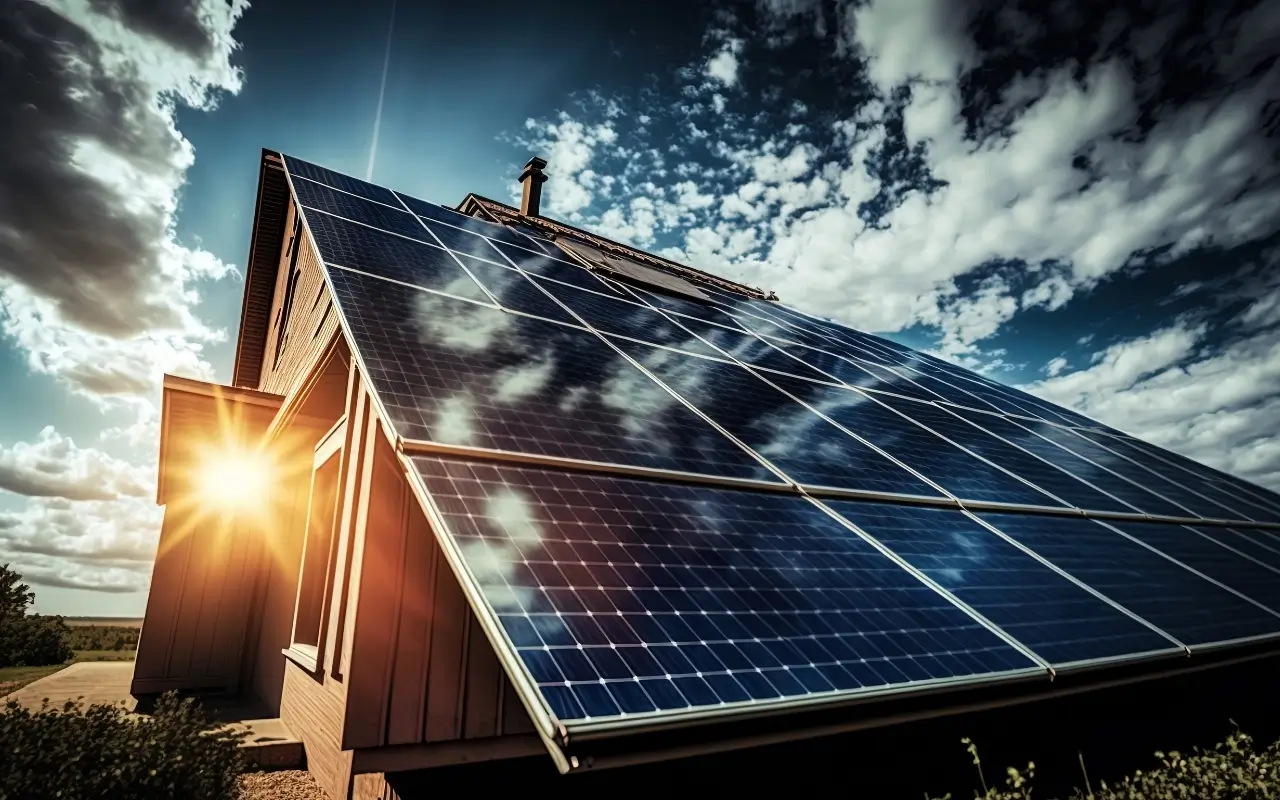
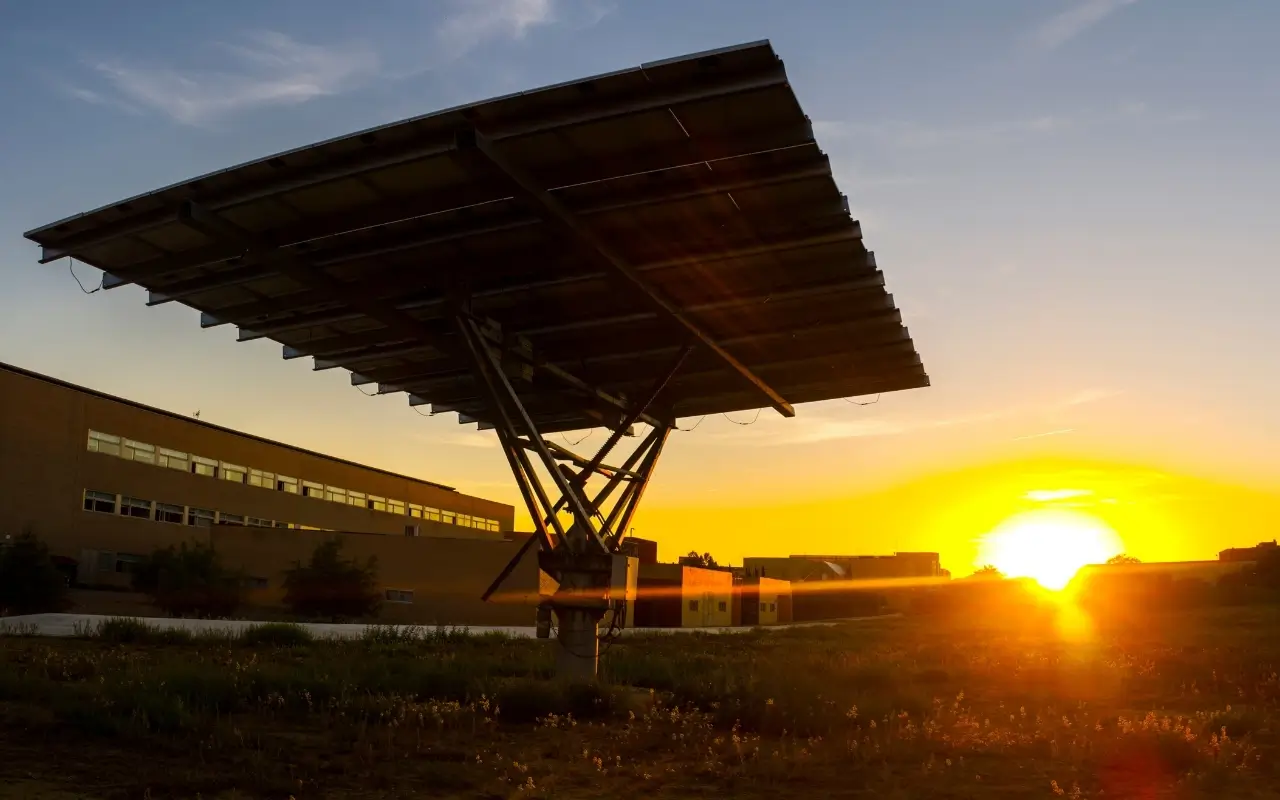
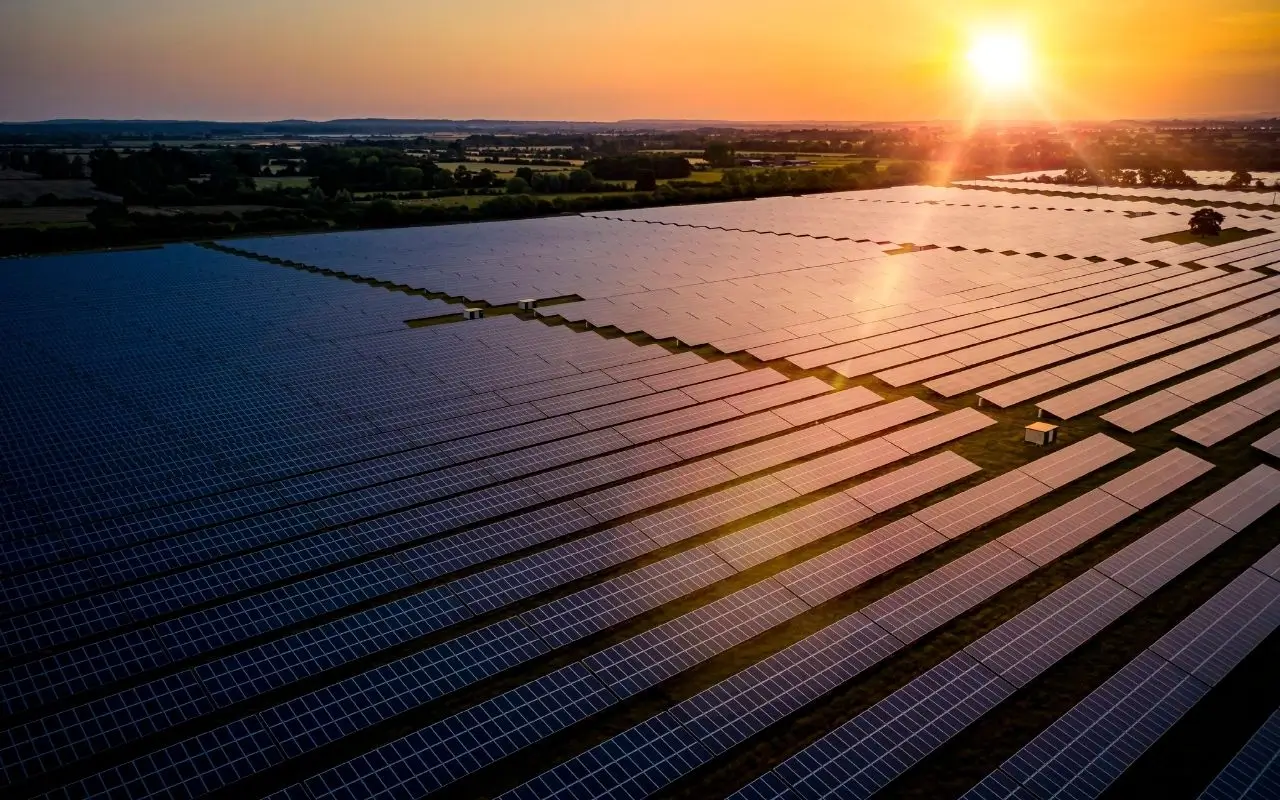
Do Comment